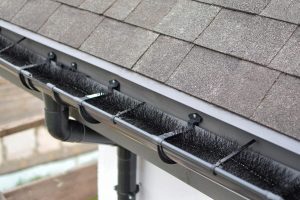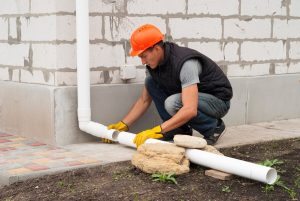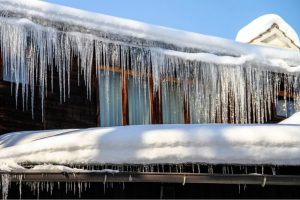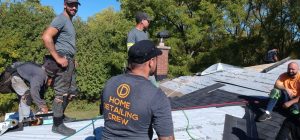Why Commercial Buildings Have Flat Roofs
Oct 31, 2023
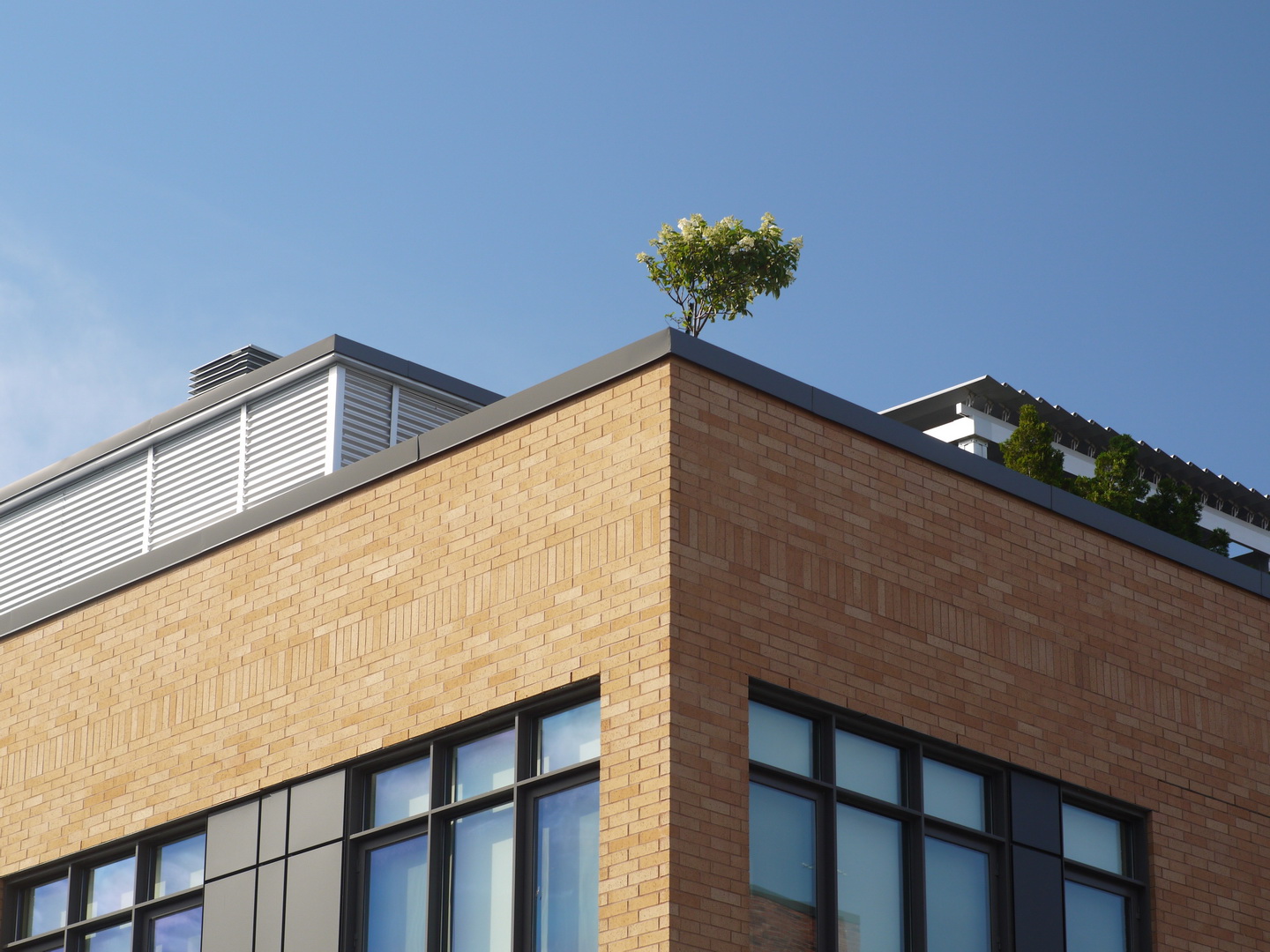
Have you caught yourself looking up at the roofs of buildings and wondering why some have sloped roofs while others have flat ones? It turns out that there’s a reason for this – commercial buildings are more likely to have flat roofs than any other type of building. In fact, flat roofs are such a common part of the commercial building roof structure in an effort to keep expenses down.
But there are many more reasons why are flat roofs common on commercial buildings. For one thing, flat roofs are easier to maintain and repair since there’s no need to climb up onto a steeply pitched roof. They’re also cheaper to build than sloped roofs.
But the most important reason commercial buildings have flat roofs is that they’re better suited to the needs of businesses. Commercial buildings are often filled with a lot of heavy equipment, and a flat roof can support this weight much better than a sloped roof. Flat roofs also have more space for things like HVAC units and solar panels, which are essential for many businesses. If you need commercial and flat roofing in Hamilton, do not hesitate to get in touch with us.
What is a Flat Roof?
A flat roof or “low-slope” roof is a type of roofing where the roof surface is, you guessed it again, flat. This can mean that the roof is absolutely level or that it has a very slight slope to allow for drainage. They usually have a slope of 3-12 degrees or lower. While flat roofs are less common in homes, they’re extremely common in commercial buildings and are often used in office buildings, warehouses, and other types of businesses.
Flat roofs are usually made with metal sheeting, tiling, or a layer of asphalt. These materials are relatively cheap and easy to work with, which makes them a popular choice for commercial buildings. However, flat roofs can also be made with materials like EPDM, PVC, and TPO. These materials are more expensive, but they’re also more durable and long-lasting.
What is The Origin of Flat Roofs?
Flat roofs were typical in desert dwellings since they were easier to build. In addition, because the weather is dry almost all year round, they didn’t have to bother about the effect of rainstorms. Castles also had flat roofs since they needed to be able to build high towers for lookout points and because a sloped roof would have made it more difficult to defend the castle from attackers.
Why Are Commercial Roofs Flat?
Like any roofing style, flat roofs have their own set of pros and cons. Here are six reasons why commercial buildings have flat roofs.
- Flat roofs are cost-effective
- Flat roofs can be installed relatively quickly
- Flat roofs can support a lot of weight
- Flat roofs are versatile
- Flat roofs are durable
- Flat roofs are easily accessible
Flat roofs are cost-effective
Flat roofs can be built with various cheap materials, but they’re most commonly made with roofing shingles, tiles, or metal sheeting. These materials are not so expensive and easy to work with, which makes flat roofs cost-effective.
Flat roofs can be installed relatively quickly
Another advantage of flat roofs is that they can be installed relatively quickly. This is important for commercial buildings since they often need to be completed in a shorter time frame than other types of buildings. These roofs also require less repair time and maintenance, which can save businesses money in the long run.
Flat roofs can support a lot of weight
One of the most important advantages of flat roofs is that they’re extremely strong and can support a lot of weight. Since commercial buildings often need to accommodate heavy equipment, this is a big plus. Flat roofs can also support the weight of solar panels, air conditioning units, and other types of equipment that are often used in commercial buildings.
Flat roofs are versatile
Another advantage of flat roofs is that they’re incredibly versatile. They can be used for a variety of purposes, such as storage, office space, or even outdoor seating. This makes them a popular choice for businesses that need to maximize their space.
Flat roofs are durable
Flat roofs are also very durable and can last for decades with proper maintenance. This is important for commercial buildings since they often need to be built to withstand the elements. Flat roofs can also be made with materials that are resistant to fire, wind, and hail.
Flat roofs are easily accessible
Yet another advantage of flat roofs is that they’re easily accessible. This makes it easy to reach equipment that needs to be serviced or repaired. Flat roofs also offer a lot of space for people to walk around, which can be helpful in an emergency situation.
Flat roofs are a popular choice for commercial buildings because they’re cost-effective, versatile, quick to install, easily accessible, and durable. If you’re looking for a roofing option for your commercial building, flat roofs are a great choice.
Flat Roof Maintenance Tips
Like any roof, flat roofs need to be properly maintained to ensure that they last for years. Here are some tips for maintaining your flat roof.
- Inspect your roof at least yearly
- Clean your roof regularly
- Repair any cracks or other damage immediately
- Make sure your gutters are clean
- Cover your roof with an anti-slip material when it rains
Inspect your roof at least yearly
One of the most important things you can do to maintain your flat roof is to inspect it at least once a year. This will help you identify any problems early on so that they can be repaired before they become major issues.
Clean your roof regularly
It’s also important to clean your roof regularly to prevent the build-up of dirt and debris. This can be done with a garden hose and a stiff brush. You may also get roofing professionals to do the job for you.
Repair any cracks or other damage immediately
If you notice any cracks or other damage, it’s important to repair them immediately. This will prevent the damage from spreading and becoming worse.
Make sure your gutters are clean
Another essential maintenance tip is to make sure your gutters are clean. This helps to prevent water from pooling on your roof and causing damage.
Cover your roof with an anti-slip material when it rains
Finally, you should cover your roof with an anti-slip material like sand or gravel when it rains. This will help prevent people from slipping and falling.
By following these tips, you can keep your flat roof in good condition for years to come.
So next time you’re walking down the street, and you see flat roof commercial buildings, now you know why they have those roofs. It’s not just because it looks fantastic – it’s because it’s functional, too.
Contact D’Angelo Brick Repair to Discuss Flat Roof Options
If you’re interested in flat roof systems for commercial buildings, contact D’Angelo & Sons at [phone] to discuss your options. We have a team of experienced roofers who can help you choose the right roofing option for your needs. Give us a call today to get started.
FAQs
What is the best material for a flat roof?
Many materials can be used for flat roofs. Having said that, the best option is PVC roofing because it’s waterproof, fire-resistant, durable, and flexible.
How long do flat roofs last?
Flat roofs can last for decades with proper maintenance. However, the lifespan of a flat roof will depend on the materials used and the climate where the building is located.
What are the disadvantages of a flat roof?
One of the main disadvantages of a flat roof is that it collects leaves and other debris. Additionally, flat roofs have less space for insulation and are more susceptible to leaks and ponding water than other types of roofs.
What is the most common commercial roof style?
Flat roofs are a popular choice for commercial buildings because they offer a number of advantages. They’re cost-effective, quick to install, and durable. They’re also versatile and easily accessible, which makes them a good choice for businesses that need to maximize their space.
